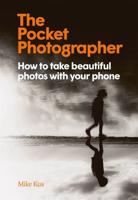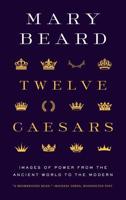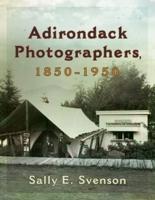Publisher's Synopsis
This book was inspired by a centenary marking the first aerial photographs of an archaeological monument in Britain. Those photographs are inevitably of Stonehenge.
How a single balloon flight and the resulting photographs fit into the context of the history of aerial photography is revealed in this fascinating new book. The main emphasis is on how aerial photography came to be such an important tool for archaeologists over the last 100 years. However, the beginnings and development of aerial photography within military and civilian contexts are explored in depth, especially the contribution of pioneering aeronauts and aviators such as Samuel Cody who designed man-lifting kites and J L B Templer who was crucial to the development of military ballooning.
During the First World War the true potential of aerial photography as a reconnaissance technique was realised. The Second World War saw even greater resources invested in aerial photography and the training of skilled specialist staff to interpret the millions of photographs taken from aircraft. Nevertheless, after the First World War it was realised how something that had developed within the context of warfare could serve non-military uses, including archaeology.
Between the wars, aerial photography had a considerable impact on our understanding of the past, particularly once the significance and extent of cropmarks became apparent - the airborne camera could record sites and landscapes that were often invisible from the ground. As examples of recent and current archaeological work are explored, it becomes apparent just how far we have progressed in the use of aerial photography to record and interpret past landscapes.
The book includes nearly 200 colour and black and white photographs, ranging from images of early balloon exploits and intriguing photographs from the Boer War to reconnaissance views from the World Wars and modern aerial shots of archaeological sites.







